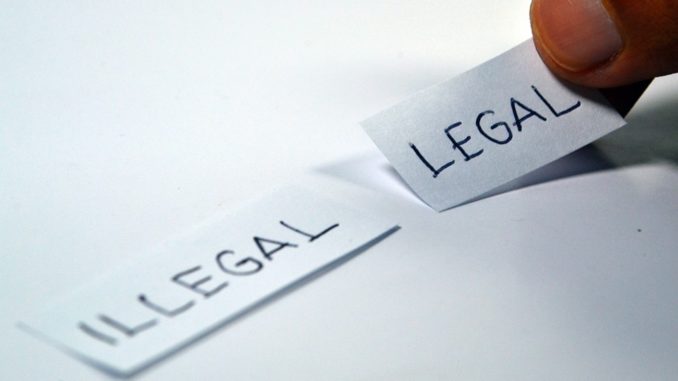
Where human trafficking and healthcare meet, doctors often feel ill-equipped to help their patients. This article explores the problem, and how to spot someone who is a potential victim of trafficking
This is an edited version of an article first published by Medscape
Slavery is often considered something that existed long ago but, unfortunately, it exists in a modern-day form as human trafficking. In fact, it is a $150 billion global industry in which individuals are coerced by traffickers into engaging in commercial sex acts or labour services against their will.
Between 30% and 88% of trafficked persons will seek medical care at some point during the time they’re being exploited. A hospital or clinic may be the only place where they will have the opportunity to interact with a professional who can help them. However, many physicians are not equipped to identify the signs of trafficking, or address the needs of these patients. Healthcare professionals may also be unaware of how prevalent trafficking is, and what steps to take, even if they do suspect something.
“There is also a lot of unconscious bias that shapes our perception of what a trafficking victim looks like,” said Hanni Stoklosa, MD, MPH, an emergency physician at Brigham and Women’s Hospital in Boston, Massachusetts. “Doctors are human too, so we are shaped by what media tells us a trafficking victim looks like.”
In one survey sent to clinicians working in specialties that would be most likely to encounter victims of sexual exploitation, nearly two thirds (63%) reported that they had never received any training in identifying trafficked patients. Another study found that only 16% of practicing physicians surveyed could correctly estimate the number of children who are trafficked, and most reported that they would not know where to turn if they encountered a trafficking victim.
Anti-trafficking experts have identified specific ‘red flag’ indicators that can signal a possible trafficking situation. The presence of any one of these should heighten suspicions about the patient’s safety.
1. A delay in seeking medical care.
2. Discrepancy between the stated history and the clinical presentation or observed pattern of injury.
3. History seems scripted or memorised.
4. Brings a third party along who does all of the talking.
5. Cannot produce any identification.
6. Evidence of lack of care for previously identified, or obviously existing, medical conditions.
7. Presence of tattoos, branding or other marks or insignias that may indicate a claim of ‘ownership’ by another.
8. Evidence of any kind of physical violence, including torture (bruises, burns, scars, cuts).
9. A history of repeated sexually transmitted diseases (STDs) and/or pregnancies.
10. Appears malnourished.
11. Shows signs of substance addiction or withdrawal.
12. Gives an age that is older than visual appearance.
Don’t forget to follow us on Twitter, or connect with us on LinkedIn!

Be the first to comment